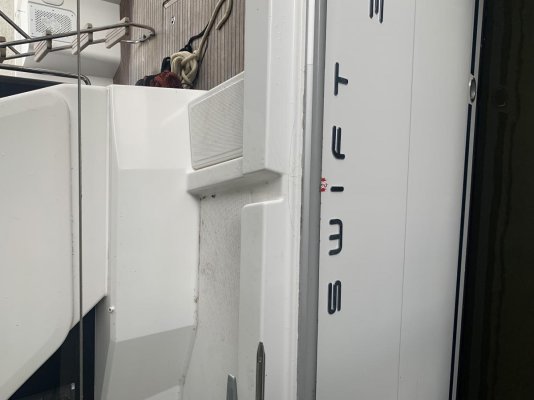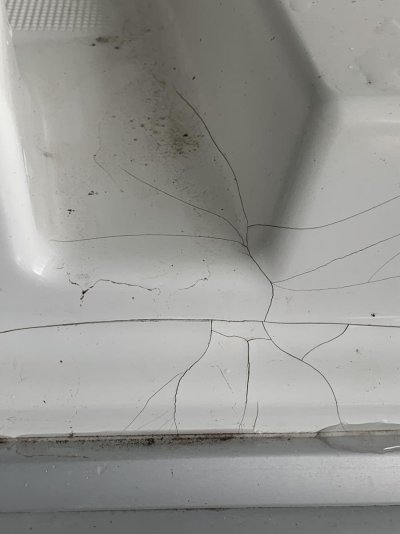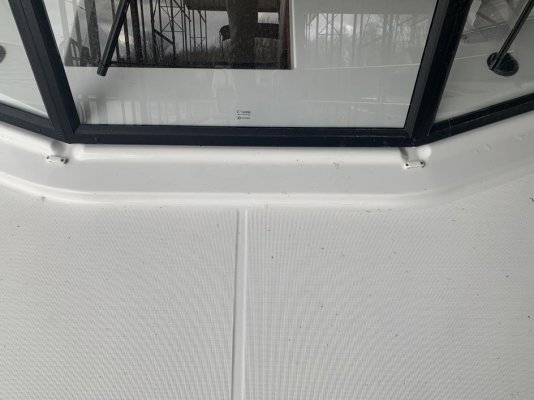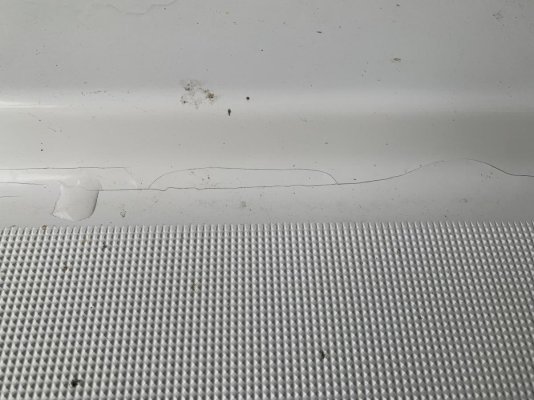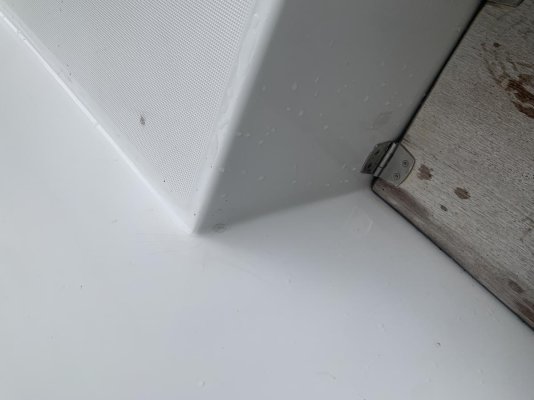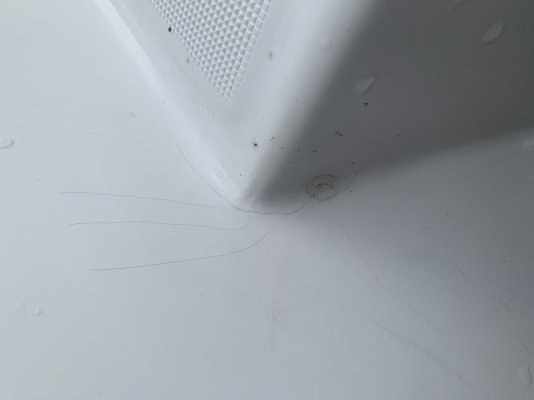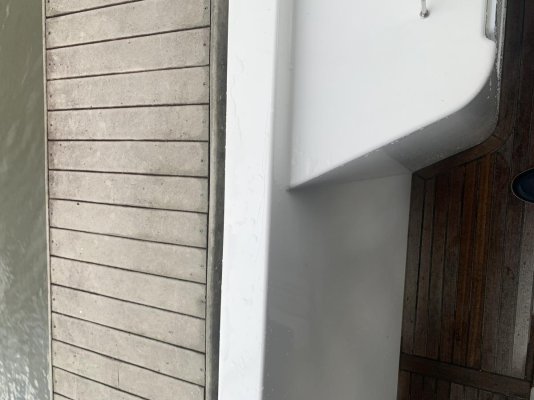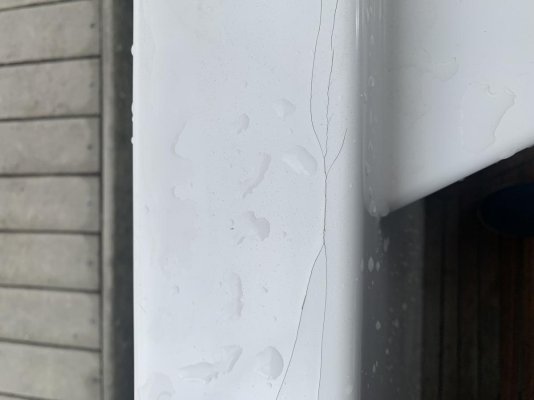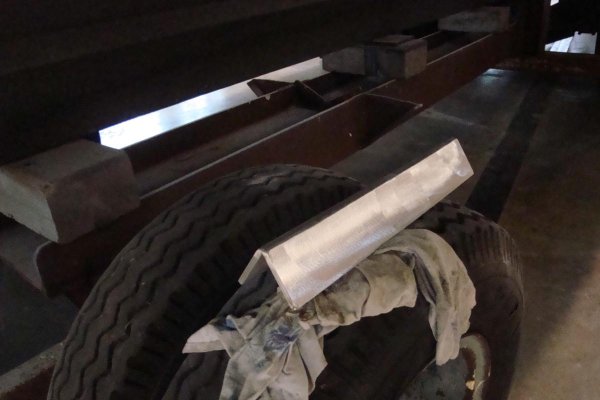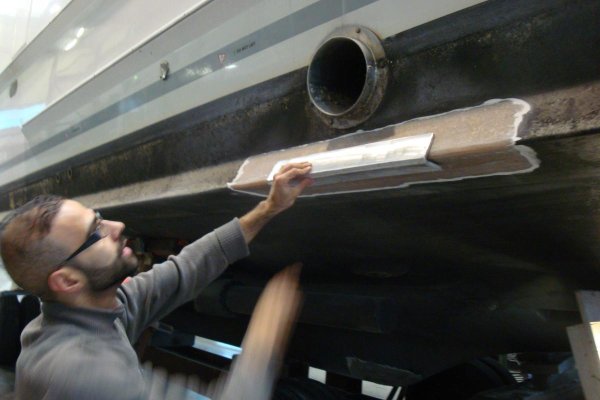Daniel_H_Finney
Newbie
- Joined
- Jan 11, 2024
- Messages
- 3
- Vessel Name
- Halcyon
- Vessel Make
- Swift Trawler 35
I have a 2018 ST 35 that is cracking at areas of geometric inflection.....i.e. inside of corners etc. Is this common? Anybody else have similar experience? Its going back to the dealer for some other work in a few months, trying to figure out my approach. I'll take and posts pics asap.

